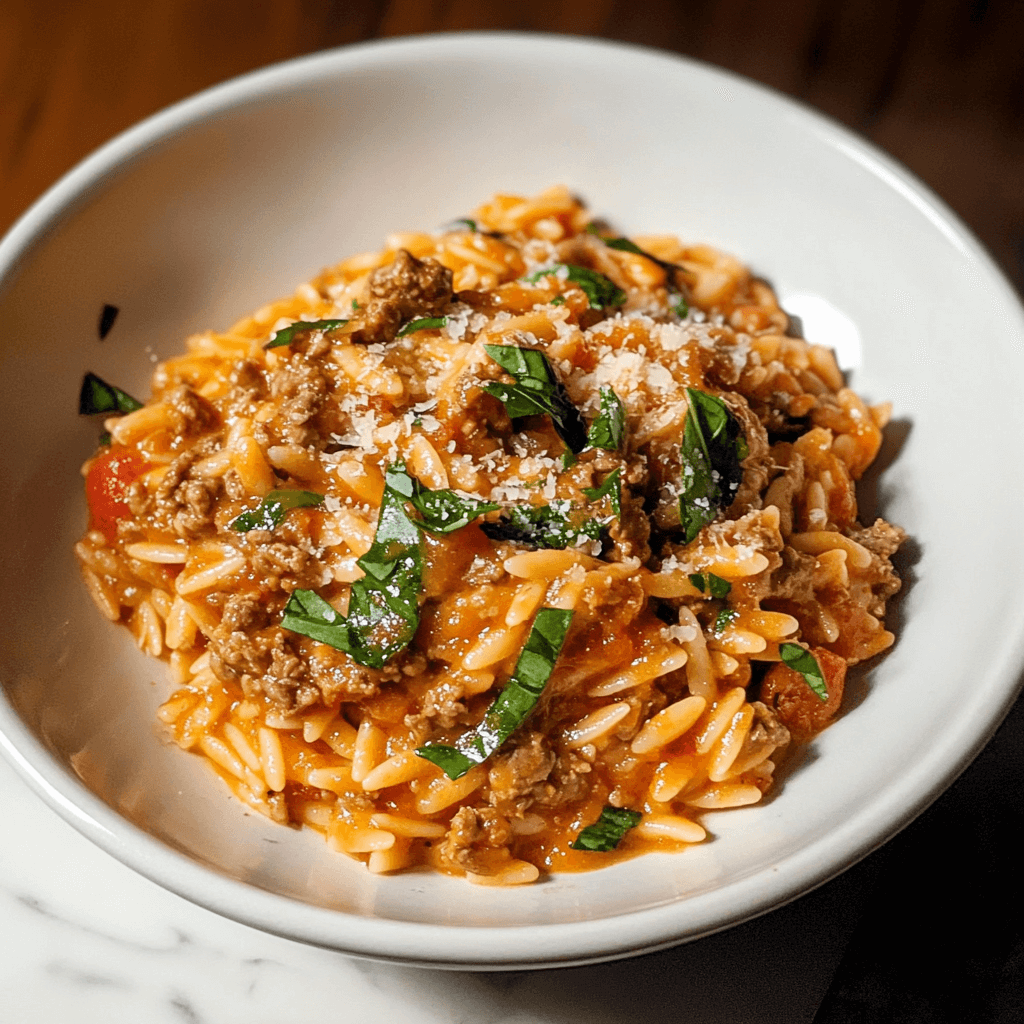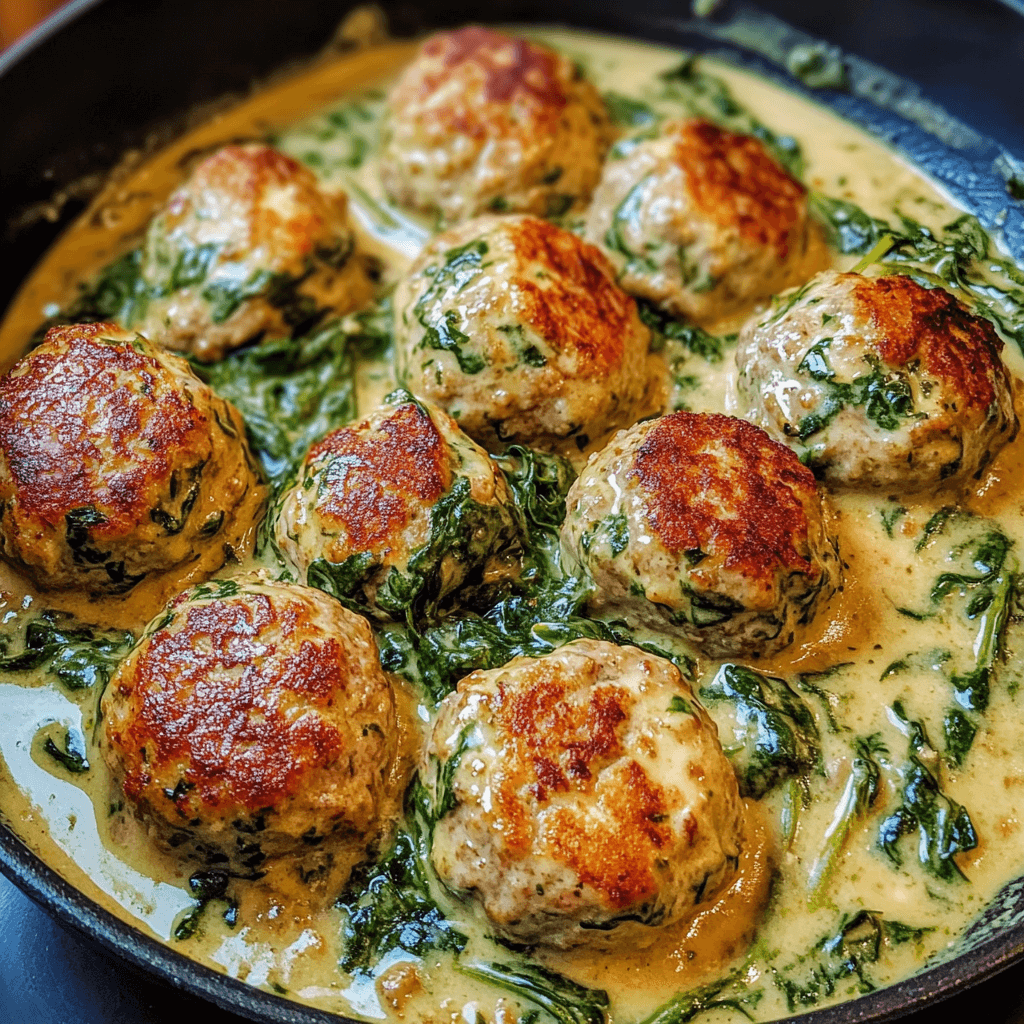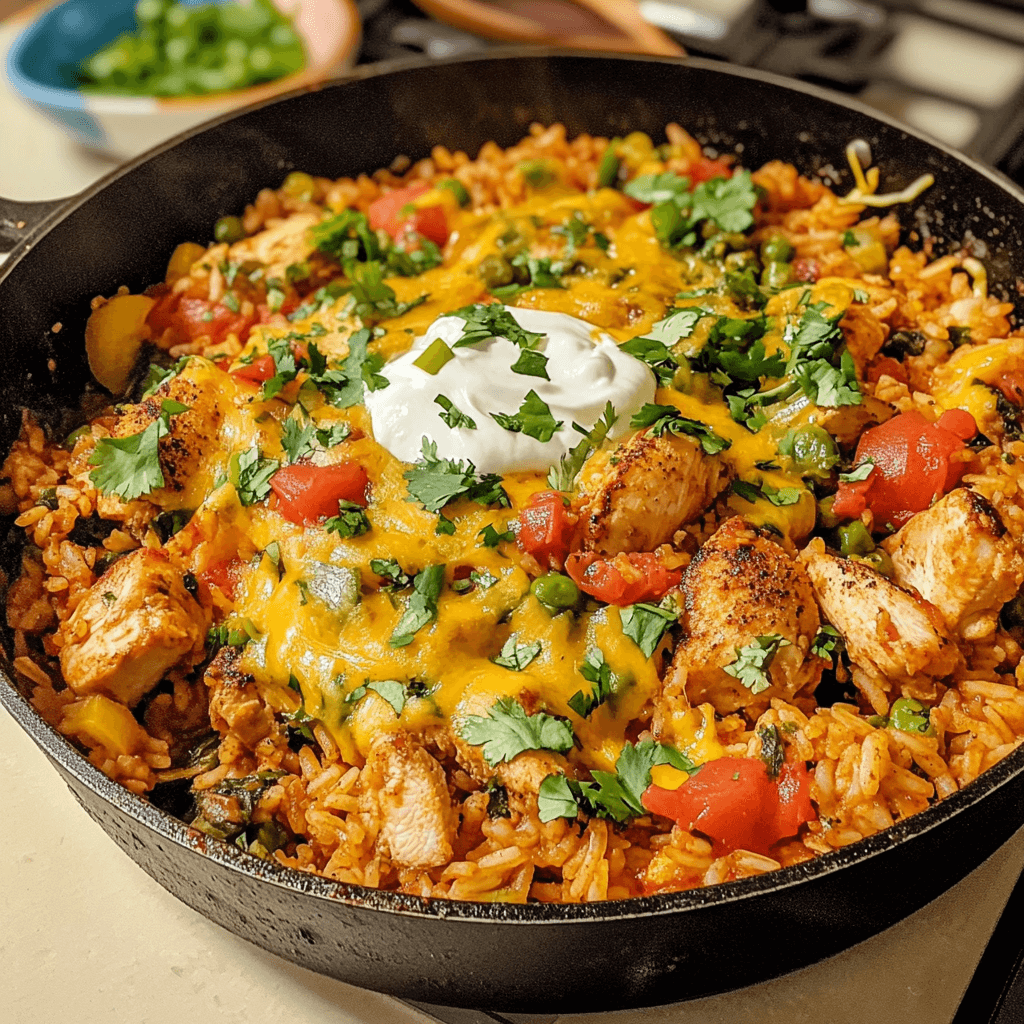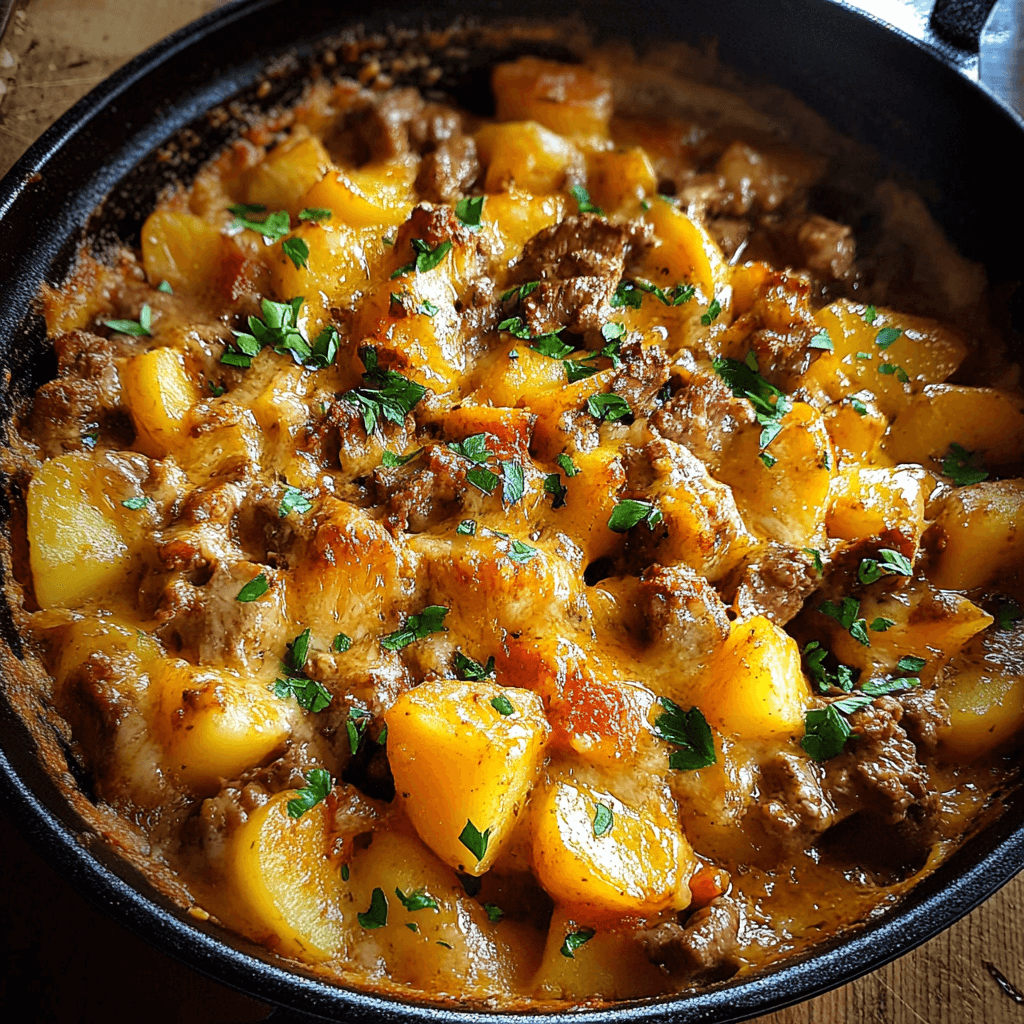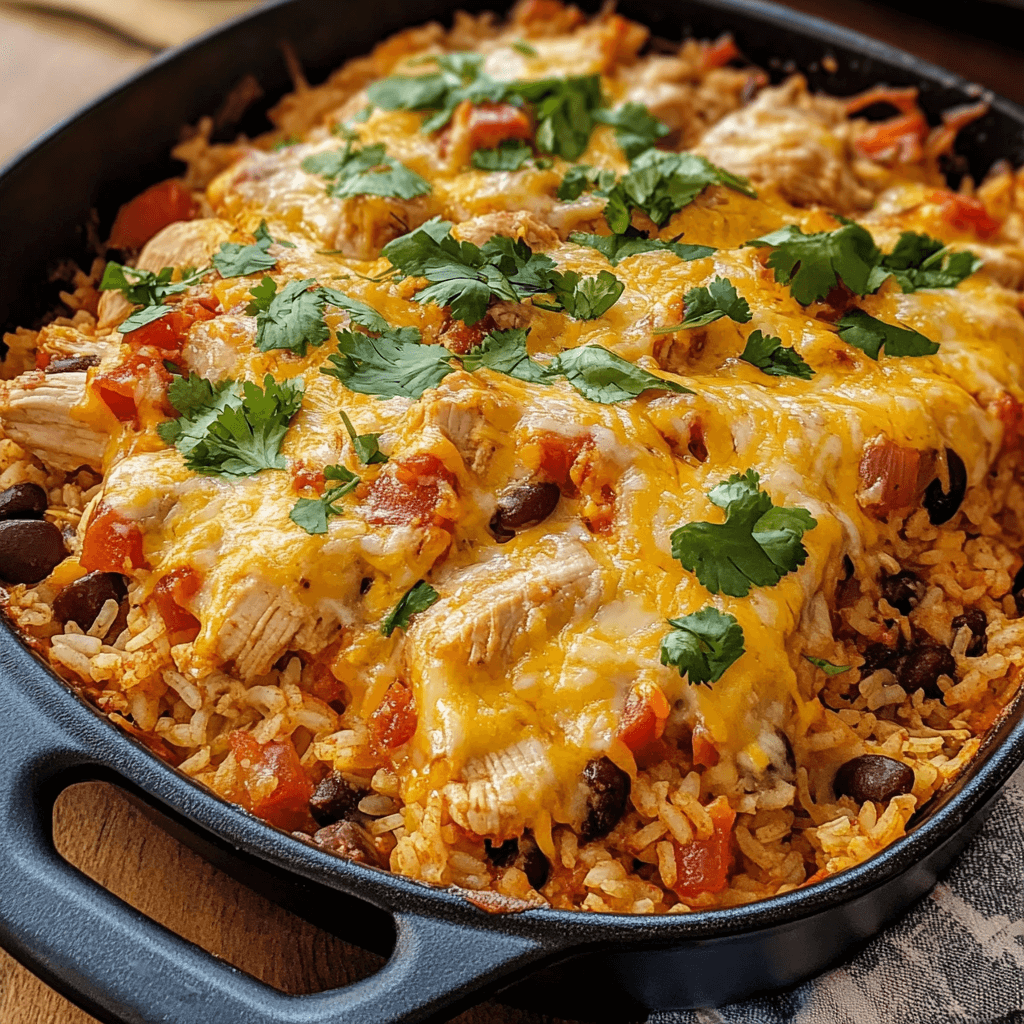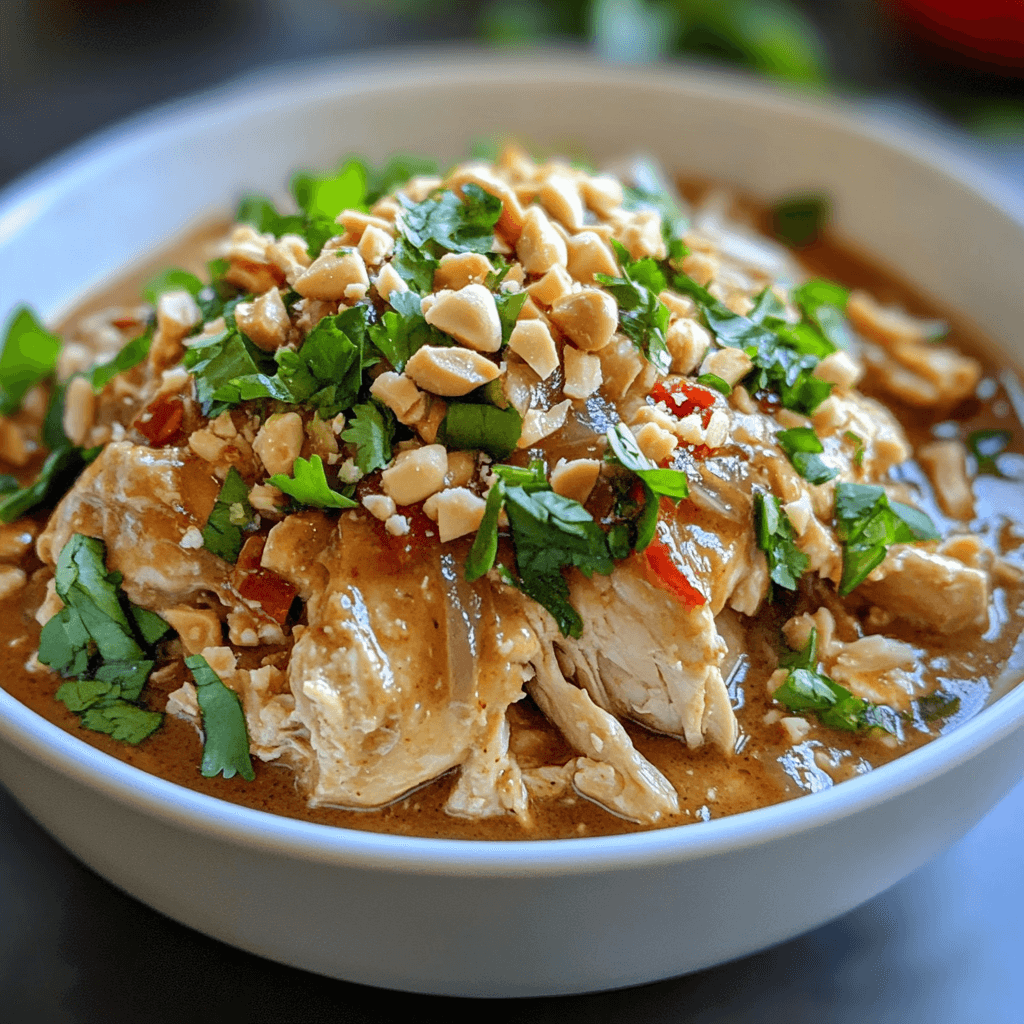Introduction to Hot Pockets
How many calories in a Hot Pocket? Hot Pockets have been a familiar and convenient snack option for many, offering a quick and tasty solution for hunger pangs. Known for their wide range of flavors and easy preparation, Hot Pockets have become a staple in the world of frozen foods.
- Versatility and Popularity: From classic flavors like Pepperoni Pizza to more unique combinations such as Chicken Bacon Ranch, Hot Pockets cater to a variety of taste preferences.
- Convenience Factor: Their ease of preparation makes them a go-to choice for quick meals, especially for those with busy lifestyles.
As we delve into the nutritional aspects of Hot Pockets, particularly focusing on their caloric content, it’s important to understand how they fit into a balanced diet. This exploration will provide insights into the calorie count of various Hot Pocket flavors and their overall nutritional profile. For a comprehensive understanding of Hot Pockets, including their history and varieties, visit Hot Pockets on Wikipedia.
Nutritional Breakdown
Beyond the calorie count, the nutritional breakdown of Hot Pockets is crucial for understanding their impact on diet and health. This includes an analysis of macronutrients such as carbohydrates, proteins, and fats.
- Carbohydrates:
- Hot Pockets are high in carbohydrates, primarily due to the dough. The carb content varies by flavor but generally ranges from 30 to 60 grams per serving.
- The type of carbohydrates can differ, with some varieties containing more refined flours and sugars.
- Proteins:
- Protein content in Hot Pockets also varies, with meat-filled options offering higher levels. On average, they contain about 10 to 20 grams of protein per serving.
- Protein is essential for muscle building and repair, making meat-filled Hot Pockets a potential source of this macronutrient.
- Fats:
- The fat content in Hot Pockets, including both saturated and trans fats, can be significant, especially in varieties with cheese and meat.
- Saturated fats are linked to higher cholesterol levels, so it’s important to consider this when consuming Hot Pockets as part of a balanced diet.
Understanding the nutritional content of Hot Pockets helps in making informed dietary choices. For more information on the importance of these nutrients in a balanced diet, the Understanding a Balanced Diet page provides insights into proper nutrition. Additionally, the Hot Pockets Official Website offers detailed nutritional information for each of their products.
Sodium and Sugar Levels
The sodium and sugar content in Hot Pockets is another critical aspect of their nutritional profile, especially for those monitoring their intake of these components for health reasons.
- Sodium Content:
- Hot Pockets generally have a high sodium content, which can range from 500 to over 1000 milligrams per serving.
- High sodium intake is associated with increased blood pressure and heart disease risk, making it important to consume Hot Pockets in moderation.
- Sugar Levels:
- While not primarily known for being sweet, some Hot Pocket flavors may contain added sugars, contributing to their overall carbohydrate count.
- The sugar content varies, with some flavors having higher levels due to ingredients like barbecue sauce or teriyaki glaze.
- Balancing Sodium and Sugar Intake:
- When incorporating Hot Pockets into your diet, balance them with other foods lower in sodium and sugars.
- Paying attention to the overall daily intake of these components is crucial for maintaining a healthy diet.
Understanding the sodium and sugar content in Hot Pockets is essential for those with dietary restrictions or health concerns related to these nutrients. For more information on managing sodium and sugar in your diet, the American Heart Association on Heart-Healthy Foods provides guidelines on maintaining a heart-healthy diet. Additionally, the NHS Guide on Reading Food Labels can help consumers make informed choices about their food purchases.
Vitamins and Minerals in Hot Pockets
While Hot Pockets are often discussed in terms of calories, fats, and sodium, it’s also important to consider their content of vitamins and minerals, which contribute to their overall nutritional value.
- Essential Nutrients:
- Depending on the variety, Hot Pockets can provide certain essential nutrients. For example, meat-filled options might offer iron and B vitamins, while those with vegetables can provide vitamins A and C.
- The cheese in Hot Pockets can be a source of calcium, important for bone health.
- Nutrient Variability:
- The specific vitamins and minerals present in Hot Pockets vary significantly based on the ingredients used in each flavor.
- It’s important to read the nutritional label for a detailed breakdown of these micronutrients.
- Considerations for a Balanced Diet:
- While Hot Pockets can contribute to your daily intake of certain nutrients, they should be part of a varied and balanced diet that includes fresh fruits, vegetables, whole grains, and lean proteins.
- Relying solely on processed foods like Hot Pockets for nutrient intake may lead to nutritional gaps.
Understanding the vitamin and mineral content of Hot Pockets can help consumers make more informed dietary choices. For additional information on the nutritional value of processed foods, the FDA Guidelines on Nutritional Labels offer insights into interpreting food labels effectively. Moreover, for ideas on incorporating a variety of nutrient-rich foods into your diet, explore Healthy Snack Options on Pinterest.
Dietary Fiber and Whole Grains
The dietary fiber and whole grain content in Hot Pockets is another aspect of their nutritional profile worth examining, especially for those seeking to include more fiber in their diets.
- Fiber Content:
- Some Hot Pocket varieties, particularly those with whole grain crusts or vegetable fillings, can be a source of dietary fiber.
- Fiber is essential for digestive health and can aid in maintaining a healthy weight and reducing the risk of chronic diseases.
- Whole Grain Varieties:
- Hot Pockets offers options with whole grain crusts, which provide more fiber and nutrients than refined grain counterparts.
- Whole grains are an important part of a balanced diet, contributing to overall health and well-being.
- Balancing Fiber Intake:
- While Hot Pockets can contribute to daily fiber intake, they should be complemented with other high-fiber foods like fruits, vegetables, legumes, and whole grains.
- A diet rich in fiber from various sources is key to reaping its full health benefits.
Understanding the fiber and whole grain content in Hot Pockets can help consumers make choices that align with their dietary needs and health goals. For more information on the health benefits of dietary fiber, the Health Benefits of Dietary Fiber page by the Mayo Clinic offers comprehensive insights. Additionally, for creative ways to increase fiber intake, check out Dietary Fiber Benefits on Pinterest.
Healthy Eating and Hot Pockets
Incorporating Hot Pockets into a healthy diet requires understanding their nutritional profile and how they fit into a balanced eating plan. Here are some considerations for those who enjoy Hot Pockets but want to maintain a healthy lifestyle:
- Moderation is Key:
- Due to their calorie, fat, and sodium content, Hot Pockets should be consumed in moderation as part of a varied diet.
- Balancing Hot Pocket meals with other nutrient-rich foods like fruits, vegetables, and lean proteins is essential.
- Pairing with Healthy Sides:
- Complement Hot Pockets with a side of fresh salad, steamed vegetables, or fruit to increase the meal’s nutritional value.
- This approach helps balance the meal, adding fiber, vitamins, and minerals.
- Understanding Portion Sizes:
- Be mindful of portion sizes. One Hot Pocket may constitute a reasonable portion, but consuming multiple in one sitting can lead to excessive calorie intake.
- Consider splitting a Hot Pocket and pairing it with healthier options if you’re watching your calorie intake.
- Choosing Healthier Varieties:
- Opt for Hot Pocket flavors that are lower in calories and saturated fats. Some varieties may offer whole grain crusts or leaner protein options.
- Reading the nutritional labels can help you make better choices that align with your dietary goals.
Incorporating Hot Pockets into a healthy diet involves mindful eating and balance. For more information on maintaining a balanced diet, the Balanced Diet Information page provides insights into proper nutrition. Additionally, for creative and healthy meal ideas, explore Healthy Snack Options on Pinterest.
Exploring Hot Pocket Varieties and Their Caloric Differences
Hot Pockets come in a wide range of flavors, each with its unique caloric content. Understanding these differences can help consumers choose options that best fit their dietary preferences and needs.
- Range of Flavors:
- Hot Pockets offers a variety of flavors, from classic options like Pepperoni Pizza to more unique combinations such as Chicken Bacon Ranch.
- Each flavor has a different caloric profile, influenced by its ingredients.
- Meat vs. Vegetarian Options:
- Meat-filled Hot Pockets, especially those with cheese and creamy sauces, tend to be higher in calories.
- Vegetarian options or those with leaner meats and less cheese can be lower in calories.
- Limited Edition and Specialty Flavors:
- Occasionally, Hot Pockets releases limited edition or specialty flavors, which can have varying caloric contents.
- These special editions offer an opportunity to try new flavors while considering their nutritional impact.
- Making Informed Choices:
- Check the nutritional information on the packaging to understand the calorie count of each flavor.
- Consider how a particular Hot Pocket flavor fits into your overall daily caloric intake.
Exploring the variety of Hot Pocket flavors and their caloric differences allows consumers to enjoy this convenient food while being mindful of their dietary goals. For more detailed information on the nutritional content of various Hot Pocket flavors, visit the Hot Pockets Official Website. Additionally, for a broader understanding of calorie management in meals, the FDA Guidelines on Nutritional Labels offer valuable insights.
The Role of Hot Pockets in Weight Management
For individuals focused on weight management, understanding the role of Hot Pockets in their diet is crucial.
- Caloric Density and Satiety:
- Hot Pockets, with their high caloric density, can be filling, but it’s essential to consider their nutritional value versus calorie content.
- Choosing a Hot Pocket as a meal or snack should be balanced with other foods that are lower in calories but higher in nutrients to ensure overall dietary balance.
- Incorporating Hot Pockets in a Calorie-Controlled Diet:
- For those counting calories, including a Hot Pocket in your diet requires adjusting other meals to stay within your daily caloric goals.
- Pairing a Hot Pocket with a side of vegetables or a salad can increase the meal’s nutritional value while helping to maintain a feeling of fullness.
- Nutritional Considerations for Weight Loss:
- When trying to lose weight, it’s not just about calories but also about the quality of those calories. Hot Pockets, high in sodium and saturated fats, should be consumed in moderation.
- Opt for Hot Pocket varieties that are lower in calories and saturated fats, and consider portion sizes to avoid overeating.
- Alternative Healthy Snack Options:
- For those seeking healthier snack options, consider alternatives like whole grain wraps, lean protein sandwiches, or salads that provide essential nutrients without excessive calories.
- Exploring creative and healthy snack recipes can offer satisfying alternatives to Hot Pockets while aligning with weight management goals.
Understanding how Hot Pockets fit into a weight management plan is key for those monitoring their dietary intake. For more information on healthy eating and weight management, the Balanced Diet Information page provides insights into proper nutrition. Additionally, for a variety of healthy snack ideas, explore Healthy Snack Options on Pinterest.
FAQs
Addressing frequently asked questions about Hot Pockets can provide clarity on their nutritional value, calorie content, and overall role in a balanced diet. Here are some common queries and their answers:
- How many calories are in a typical Hot Pocket?
- The calorie content in Hot Pockets varies, ranging from about 300 to 600 calories per serving, depending on the flavor and ingredients.
- Are Hot Pockets a good source of protein?
- Meat-filled Hot Pockets can be a significant source of protein, with some varieties offering 10 to 20 grams per serving.
- Do Hot Pockets contain a lot of sodium?
- Yes, Hot Pockets tend to be high in sodium, with some flavors containing over 1000 milligrams per serving. It’s important to consider this in the context of your overall daily sodium intake.
- Can Hot Pockets be part of a healthy diet?
- While Hot Pockets can be enjoyed as part of a balanced diet, they should be consumed in moderation due to their calorie, fat, and sodium content. Balancing them with nutrient-rich foods is key.
- Are there any Hot Pocket varieties that are lower in calories or healthier?
- Hot Pockets offers some varieties with lower calorie counts and whole grain crusts, which can be a slightly healthier option. However, it’s still important to read the nutritional label for a complete understanding of their content.
These FAQs about Hot Pockets cover essential aspects of their nutritional value and how they can fit into various dietary needs. For more specific information about Hot Pockets, including their calorie content and nutritional breakdown, the Hot Pockets Official Website is a valuable resource. Additionally, for a broader understanding of balanced diet principles, the Balanced Diet Information page provides insights into proper nutrition.


